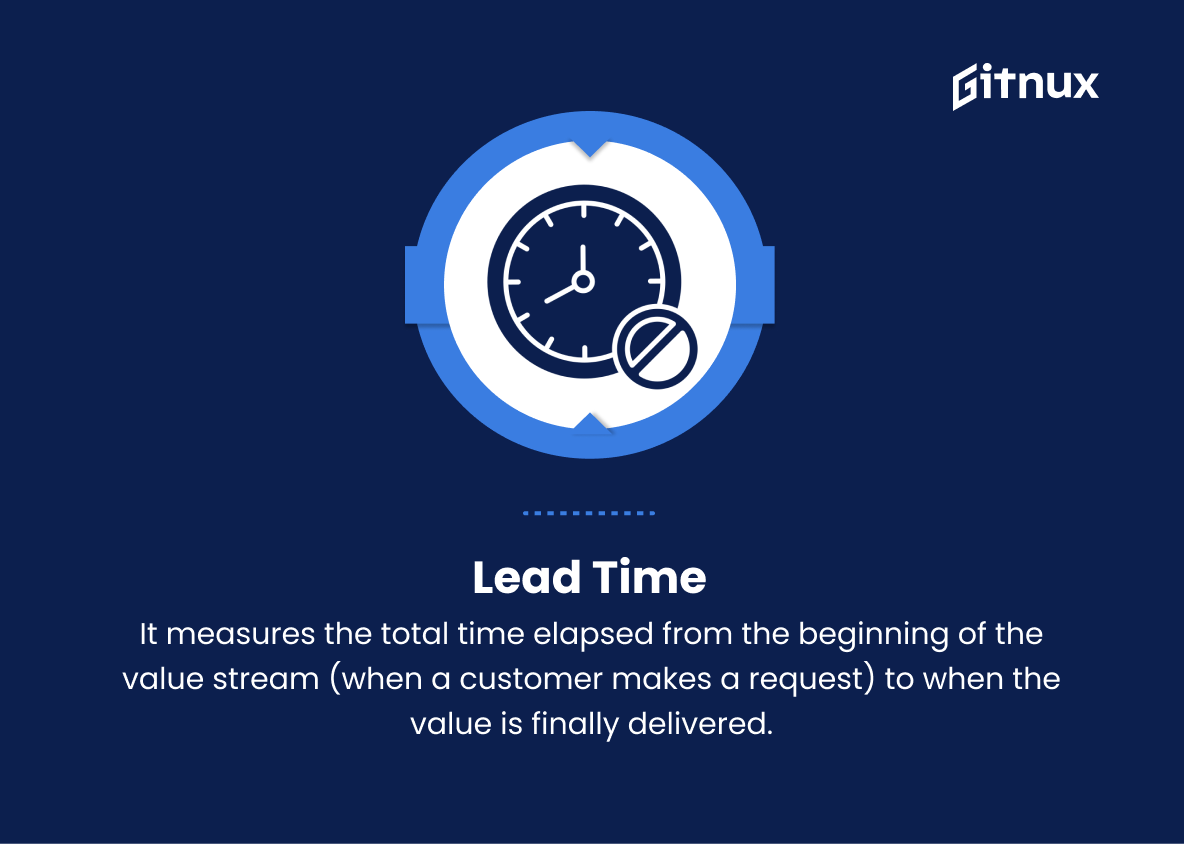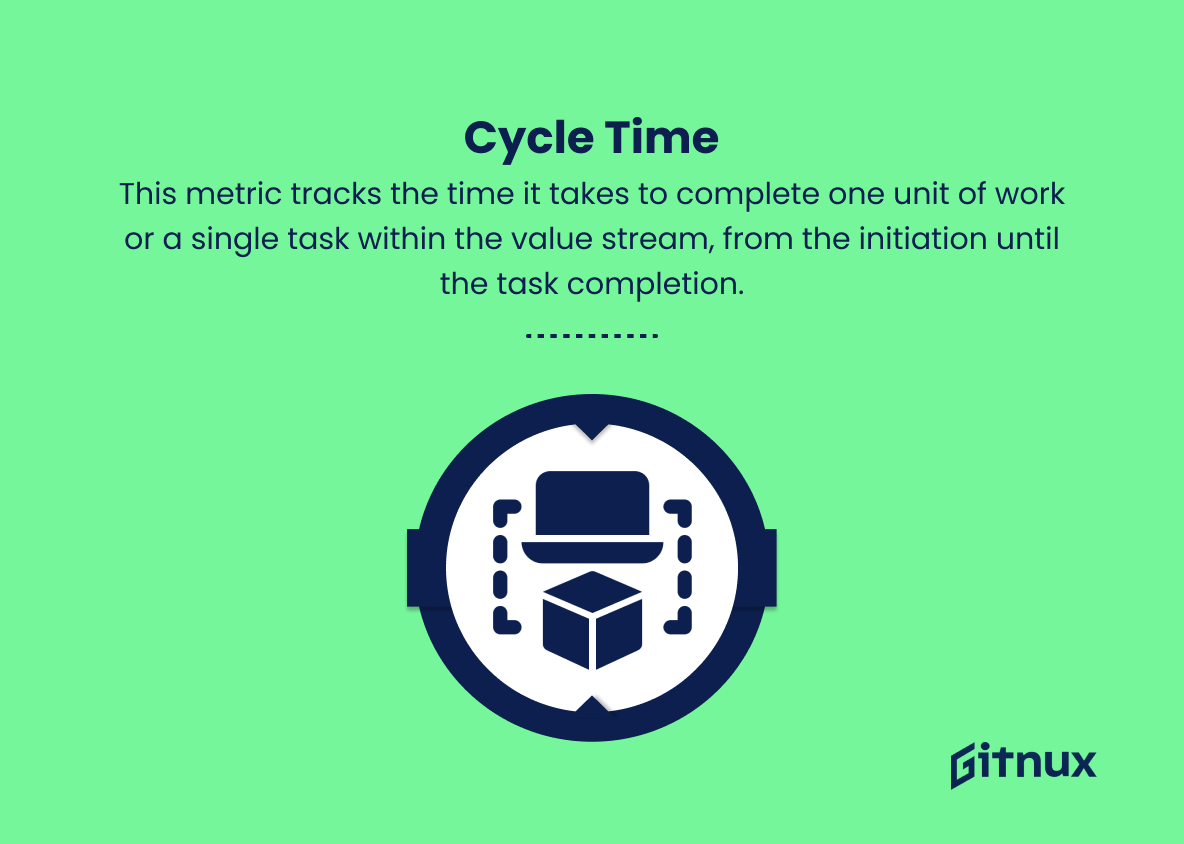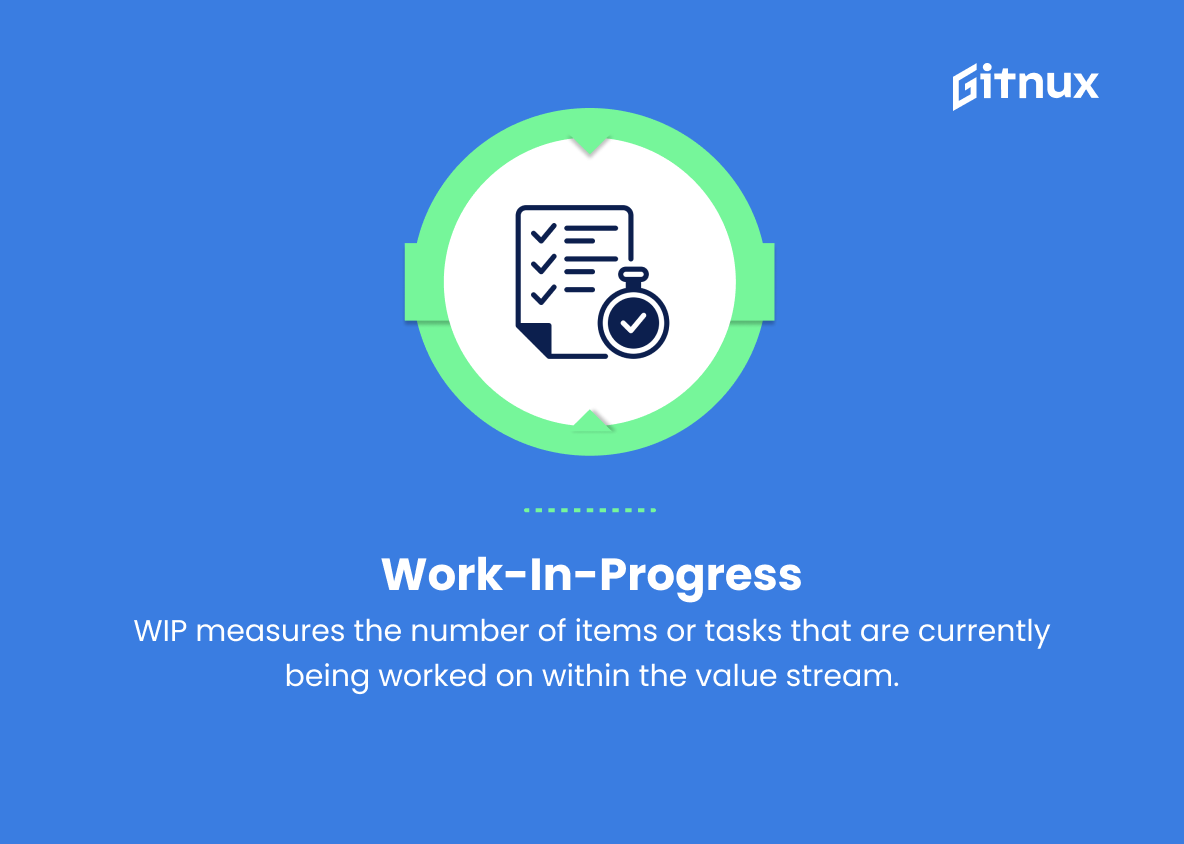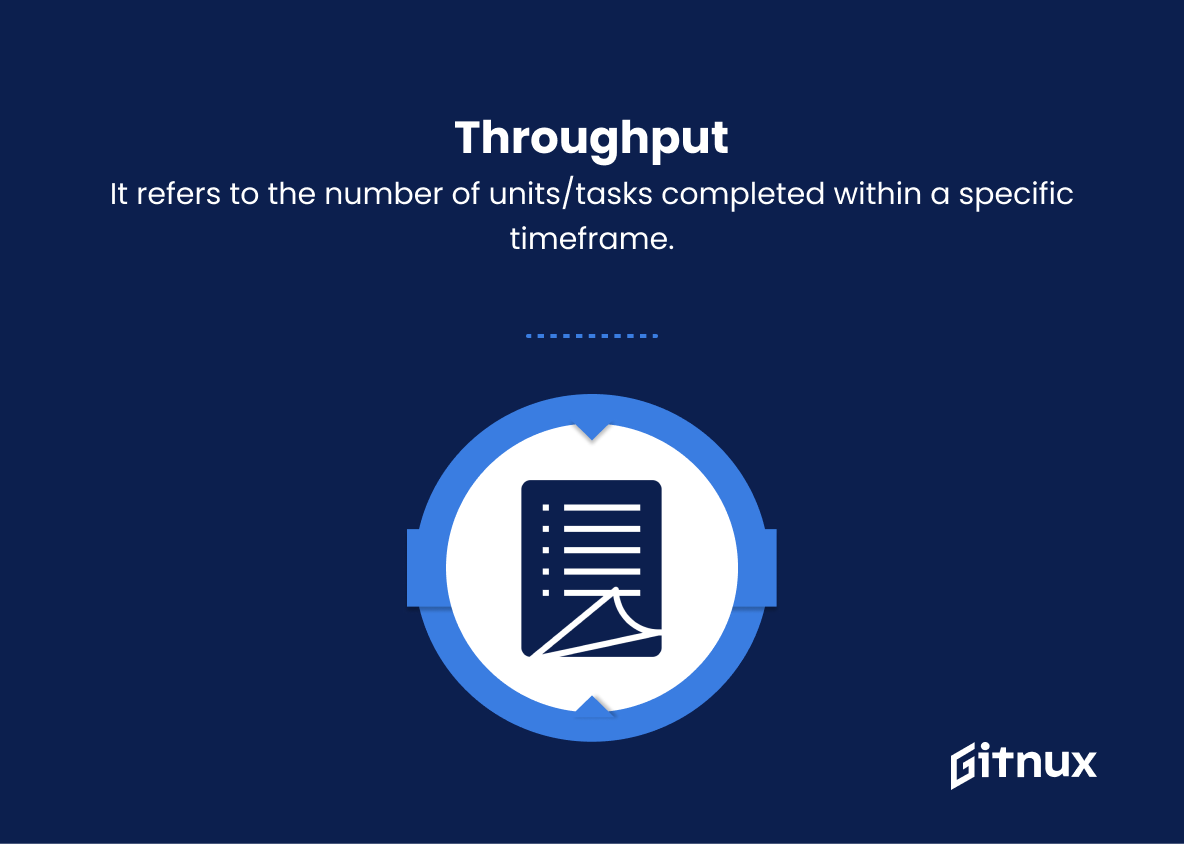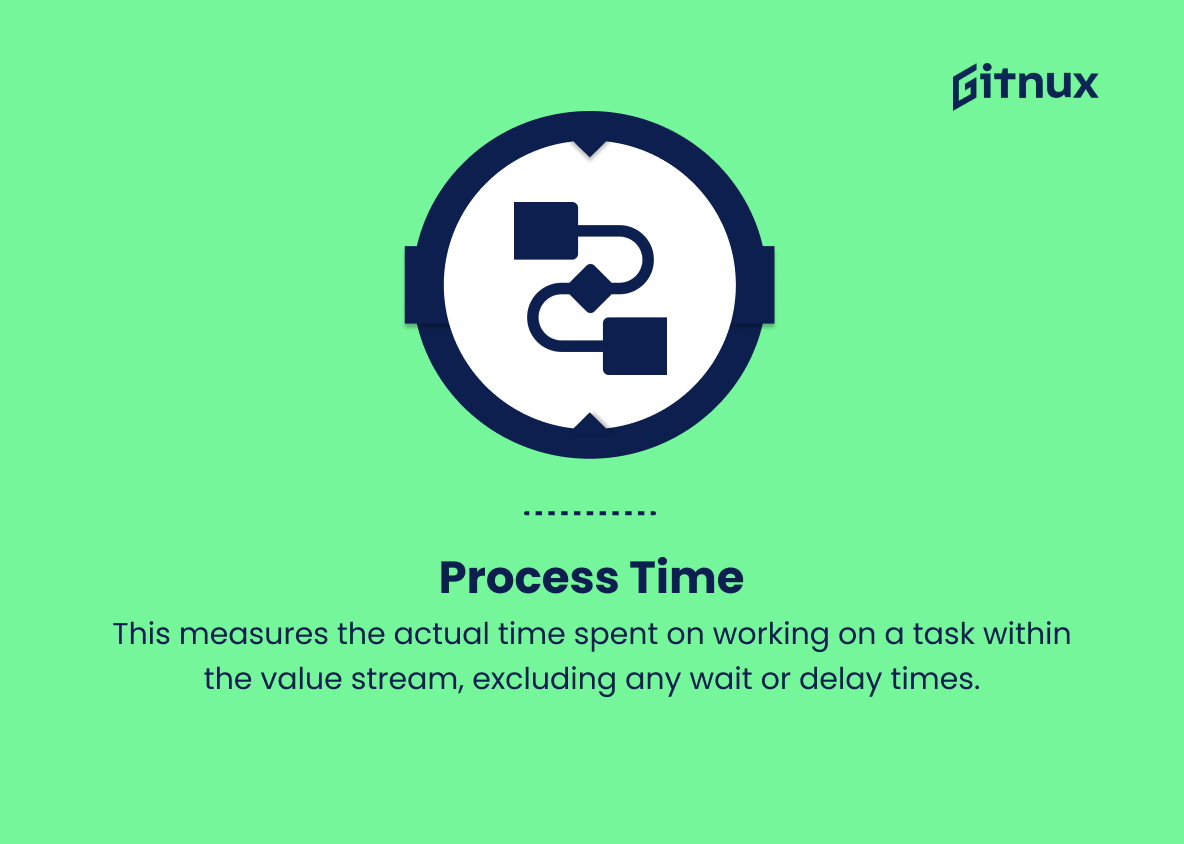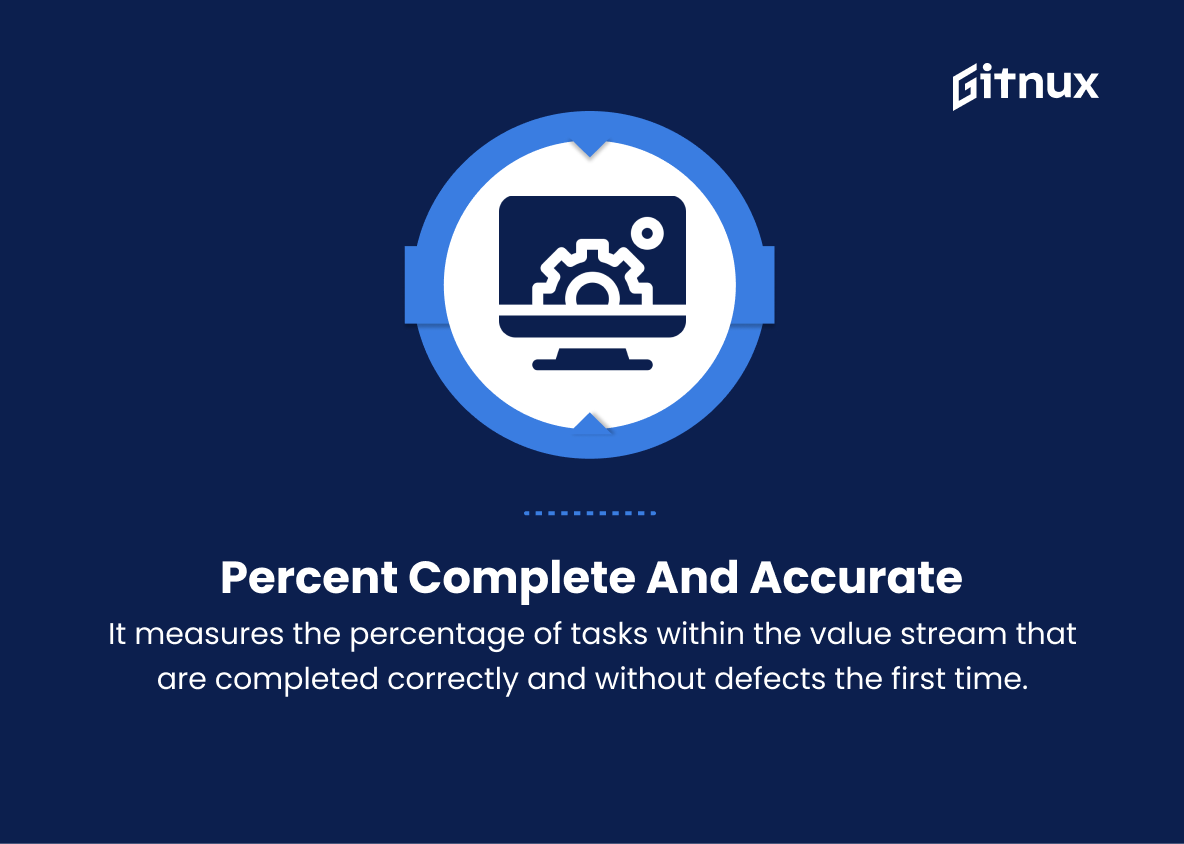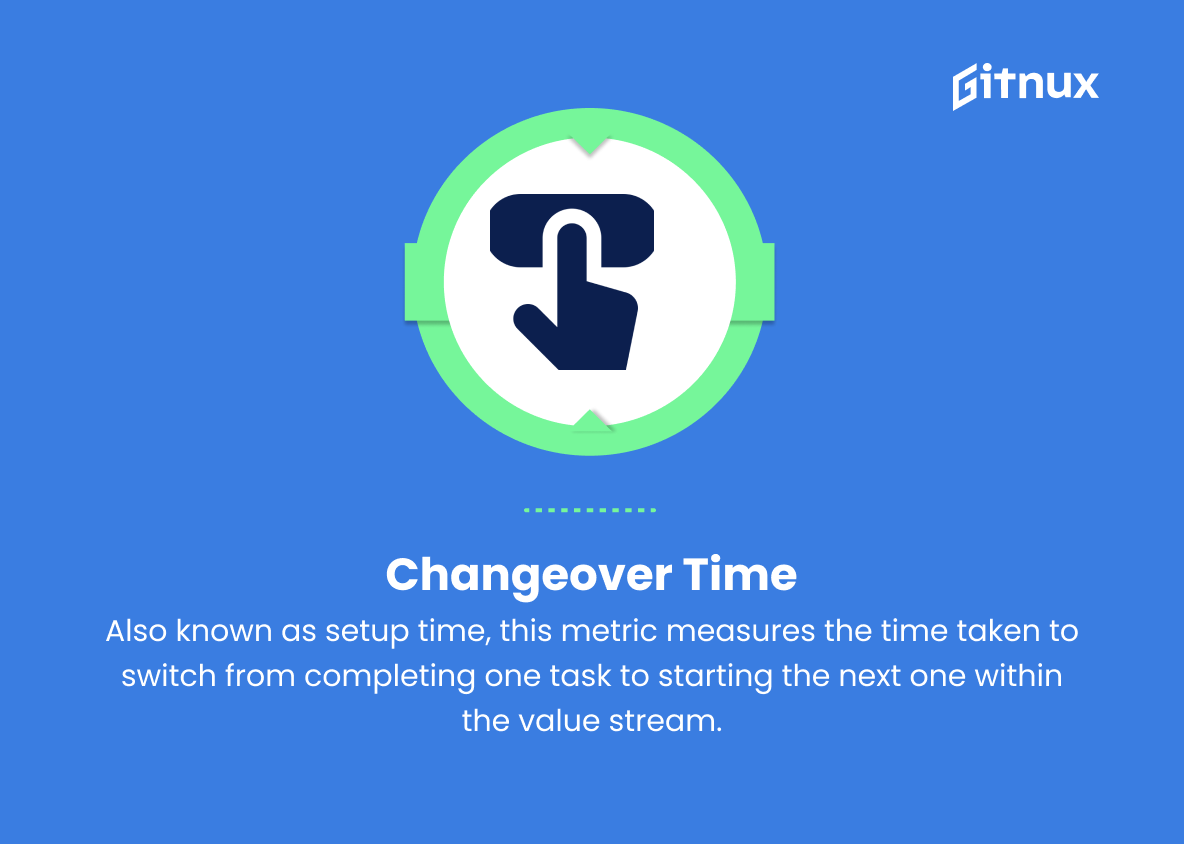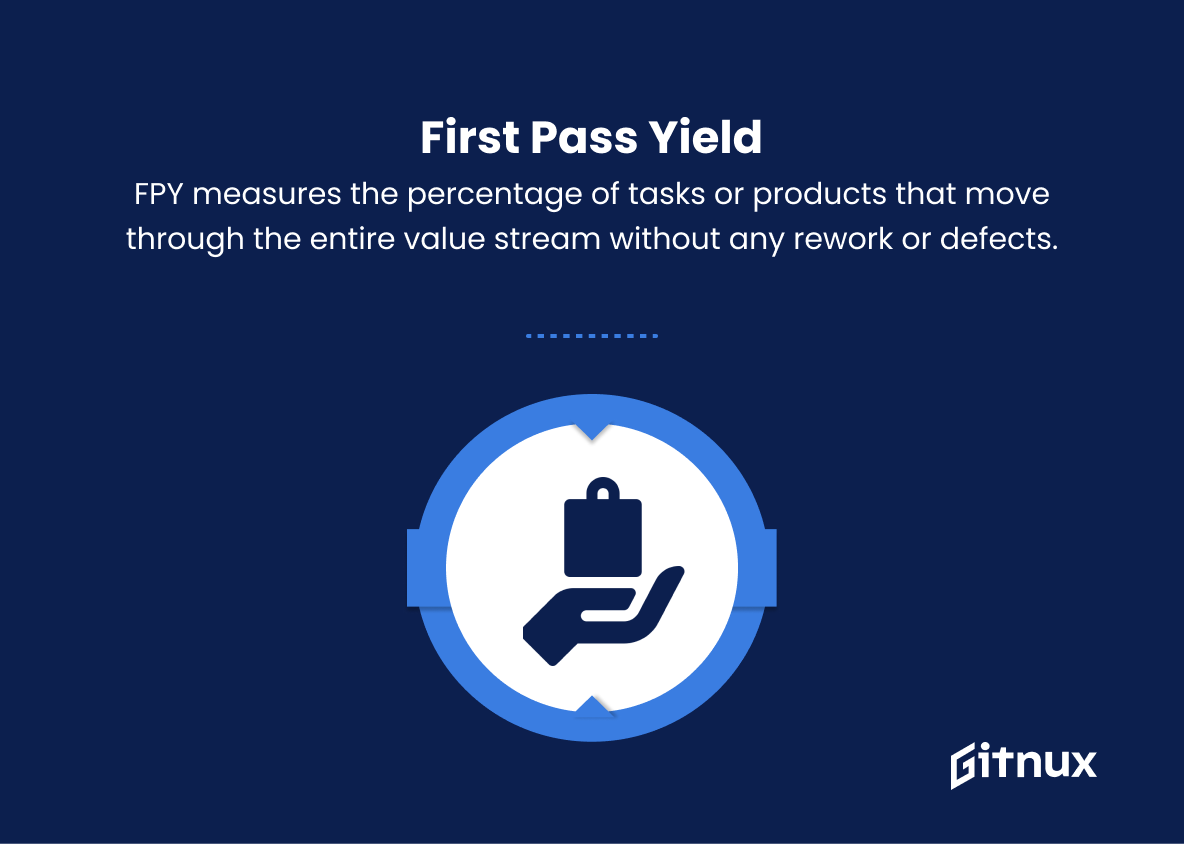In today’s fast-paced and highly competitive world, organizations are consistently seeking ways to improve their processes and deliver value to their customers more efficiently. The Lean methodology has emerged as a crucial steppingstone to understanding and optimizing the value stream of a business. To ensure the effective implementation of Lean principles, businesses must rely on an essential set of quantitative measurements known as Value Stream Flow Metrics.
These metrics provide valuable insights into how well a company’s value stream is operating, identifying bottlenecks, and uncovering opportunities for improvement. In this thought-provoking blog post, we will explore the different aspects of Value Stream Flow Metrics, discussing their significance, and revealing the critical know-how to effectively leverage them for achieving operational excellence and driving sustainable growth.
Value Stream Flow Metrics You Should Know
1. Lead Time
It measures the total time elapsed from the beginning of the value stream (when a customer makes a request) to when the value is finally delivered. It helps in assessing the efficiency of the value stream flow.
2. Cycle Time
This metric tracks the time it takes to complete one unit of work or a single task within the value stream, from the initiation until the task completion. It aids in identifying bottlenecks and process inefficiencies.
3. Work-in-Progress (WIP)
WIP measures the number of items or tasks that are currently being worked on within the value stream. It helps in analyzing the flow efficiency and tracking potential bottlenecks.
4. Throughput
It refers to the number of units/tasks completed within a specific timeframe. This metric is vital in assessing the overall productivity and performance of the value stream.
5. Process Time
This measures the actual time spent on working on a task within the value stream, excluding any wait or delay times. It helps in determining the efficiency of specific processes and identifying areas for improvement.
6. Value-Added Time
This metric represents the amount of time spent on activities that directly contribute to value creation. It helps in identifying non-value added activities that can be eliminated or improved to enhance efficiency.
7. Percent Complete and Accurate (%C&A)
It measures the percentage of tasks within the value stream that are completed correctly and without defects the first time. This metric helps in evaluating the overall quality and effectiveness of the processes.
8. Flow Efficiency
Flow efficiency is calculated by dividing the value-added time by the lead time, expressed as a percentage. It provides insights into how well the value stream is optimized to minimize delays and waste.
9. Changeover Time
Also known as setup time, this metric measures the time taken to switch from completing one task to starting the next one within the value stream. It helps in optimizing task switching times and improving overall efficiency.
10. First Pass Yield (FPY)
FPY measures the percentage of tasks or products that move through the entire value stream without any rework or defects. It helps evaluate the quality and effectiveness of the end-to-end process.
Value Stream Flow Metrics Explained
Value Stream Flow Metrics are critical for assessing the efficiency and effectiveness of a value stream within an organization. Lead Time, which measures the total time elapsed from a customer request to value delivery, helps evaluate the value stream’s overall pace. Cycle Time aids in identifying bottlenecks by tracking the time it takes to complete a single task. Work-in-Progress (WIP) helps analyze the flow efficiency and identify potential bottlenecks, while Throughput provides insights into productivity and performance. Process Time measures the actual time spent working on a task, excluding delays, helping pinpoint areas for improvement.
Value-Added Time identifies non-value added activities, enabling optimization. Percent Complete and Accurate (%C&A) evaluates the quality and effectiveness of processes, while Flow Efficiency helps understand how well the value stream minimizes delays and waste. Changeover Time optimizes task-switching times, and First Pass Yield (FPY) assesses the quality and effectiveness of end-to-end processes, contributing to a more efficient and effective business environment.
Conclusion
In conclusion, Value Stream Flow Metrics play a pivotal role in evaluating and optimizing the performance of business processes. By understanding the intricacies of these metrics, organizations can make informed decisions, reduce waste, and foster continuous improvement across the value stream.
Moreover, the adoption of these flow metrics allows companies to identify constraints, improve efficiencies, and, in turn, increase competitiveness. As we collectively embrace a rapidly evolving business landscape, incorporating Value Stream Flow Metrics into our strategic planning will be essential to achieving growth and success in the long run.
